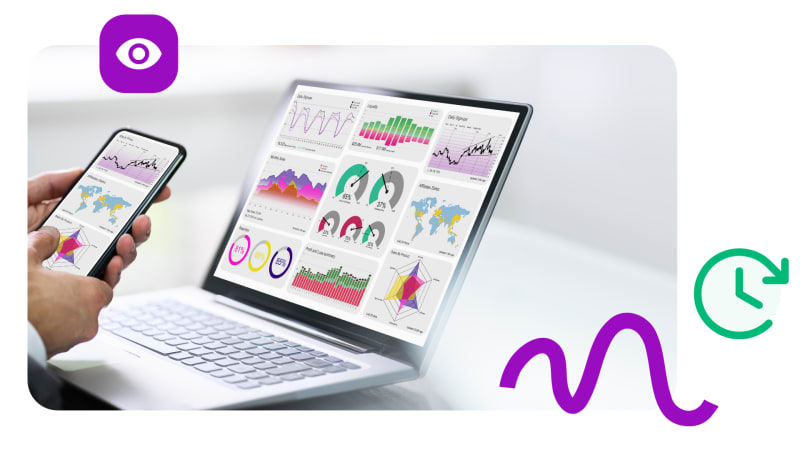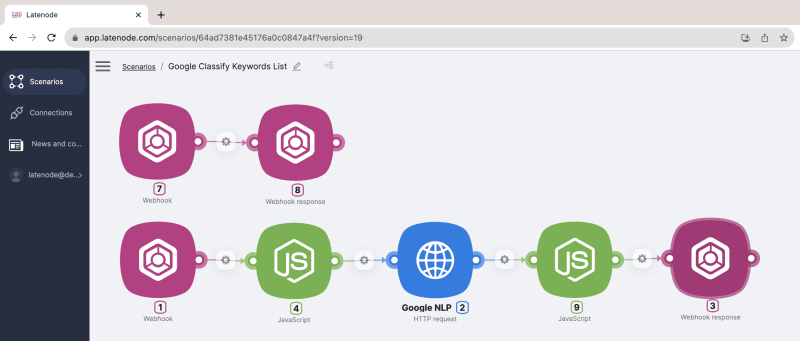
Greetings, DEV community! The field of SEO has been evolving ever since the inception of the internet, and the governing algorithms certainly aren't stationary. Savvy individuals keep on unveiling innovative optimization methods for their websites, as well as those of their clients. Today, our discussion will not revolve around aspects such as page loading speeds or responsive design. Instead, we are going to shed light on a single, yet potent component that's perfect for exploration – website structure.
Google Content Classification
While visitors are soaking up your website's visually pleasing elements, thanks to an intuitive UI and rich content, Google's bots are conversing with it in machine language.
To classify content, they use Google NLP and determine which of the predefined categories the content belongs to. Your site will inevitably find a place on this list: https://cloud.google.com/natural-language/docs/categories#categories_version_2.
This list is particularly valuable, as it's a classification system straight from Google itself. We'll dive into this later on. But for now, let's explore some services built on the Latenode platform, designed to help you create a website structure that Google's bots will adore from the get-go.
Determining Page Topic from Text
When you're laying out your website's structure, you'll want it to align closely with Google's own classification system. Here's a strategy for that:
- Compile a list of keywords that are relevant to your clusters of interest. For example, let's look at business process automation:
workflow automation, automating workflows, workflows automation, automating workflow, automated workflow, automatic workflow, workflow automate, what is automated workflow, what is workflow automation, automation workflow process, workflow process automation, workflow automation definition, it workflow automation, how to automate workflow, automation process flow, workflow and automation, business process workflow automation, workflow automation meaning, what is an automated workflow, business process automation workflow
Copy this list and paste it into the microservice form at this link: https://webhook.latenode.com/18/dev/googleClassifyKeywordsForm
You'll find there's an 85% chance of landing in the Business & Industrial/Business Operations/Management category:
- Repeat this process with keywords from each cluster of interest, eliminate duplicates, and you'll end up with a succinct list of positions:

Next, choose one generic option from each line and structure your website in a language that Google understands. In our case, we arrive at six subcategories:
- website.com/advertising-marketing/article1
- website.com/business-operations/article2
- website.com/enterprise-technology/article3
- website.com/development-tools/article4
- website.com/programming/article5
- website.com/business-productivity-software/article6
Just like that, you have a two-tier website, impeccably structured to suit your topic. You can bet that Google's bots will appreciate your handiwork!
Working with your website's categories, and determining the category of your textual material, can lead to even greater synchronization. This, in turn, boosts your Topical Authority in your domain – another key marker of your SEO optimization.
Determining Page Topic by Link
Moving forward, when your site's structure is ready and your focus shifts to content creation, it's important to understand which section of your website a specific page should go into. Sometimes, topics overlap, and it can be challenging to accurately determine how Google perceives the page. In this case, you can utilize another microservice: https://webhook.latenode.com/18/dev/googleClassifyKeywordsForm
Don't forget to add the link of the page you want to classify after the URL in this format: ?url=https://apple.com
This will help you understand the degree of synchronization between the page's URL and its content. If there are mismatches, it will allow you to identify weak spots and revise either the content itself or its placement.
Creating Your Own Microservice
We built classifiers for these purposes on the low-code platform Latenode using a couple of "building blocks", ChatGPT for writing code, and an HTTP request via Google Cloud's API. It took just an hour, but it saved significantly more time in developing the SEO structure of the website.

Keyword Classifier
If you want to create similar tools for your own or your clients' business goals, you're welcome to join the low-code Latenode community on Discord , where they'll give you a thorough rundown of the platform's capabilities and help with process automation.









Top comments (0)